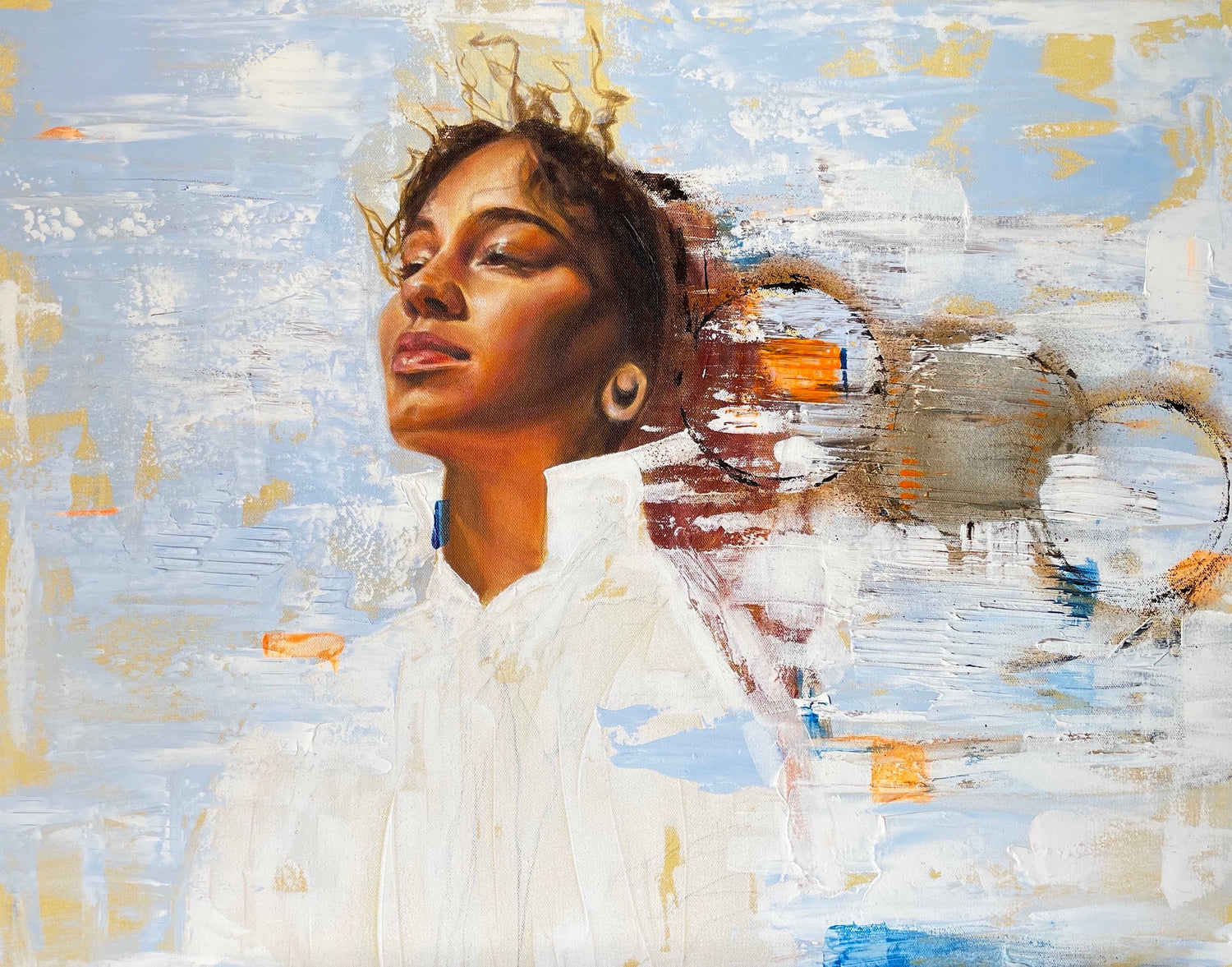Introduction
In the art world, patronage has played a very important role in nurturing creative expression throughout history. Beyond financial support, the concept of purpose in patronage has emerged as a driving force behind the creation of exceptional art and its profound impact on society. In this blog post, we explore the transformative power of purpose in patronage, shedding light on its importance and the benefits it brings to both artists and the cultural landscape.
1. Fostering Artistic Vision and Innovation
Purpose-driven patronage empowers artists to pursue their unique artistic vision and push the boundaries of creativity. When patrons align themselves with an artist's purpose, they provide the necessary resources and support to explore new ideas, experiment with innovative techniques, and take risks. This freedom to explore and innovate enables artists to create groundbreaking works that challenge societal norms and leave a lasting impact on the art world.
2. Cultivating Long-Term Relationships
Purpose-driven patronage goes beyond mere financial transactions. It nurtures long-term relationships between patrons and artists, built on shared values and a mutual understanding of artistic goals. By engaging in a meaningful dialogue, patrons can provide ongoing support, guidance, and mentorship to artists, enabling them to grow and develop their skills over time. This nurturing environment fosters a sense of trust and collaboration that can lead to extraordinary artistic achievements.
3. Encouraging Social and Cultural Transformation
Patronage has the potential to drive social and cultural transformation. Patrons who align their support with specific causes or issues can catalyze change through art. By backing artists who address pressing societal concerns or promote marginalized voices, patrons become catalysts for social justice, cultural diversity, and inclusivity. Purpose-driven patronage thus becomes a powerful tool for advocating important causes and bringing about positive change within communities.
4. Broadening Artistic Accessibility
Some patrons seek to make art more accessible to a wider audience. Through initiatives such as public exhibitions, educational programs, and community outreach, patronage helps to break down barriers and bring art closer to people from all walks of life. More art for everyone!
5. Legacy and Cultural Preservation
Patronage has the potential to leave a lasting legacy. Patrons who invest in the preservation and restoration of cultural heritage contribute to the conservation of artistic treasures for future generations. By supporting museums, galleries, and cultural institutions, patrons ensure the continuation of artistic traditions and the dissemination of knowledge. This commitment to cultural preservation ensures that art remains a source of inspiration and education for years to come.
6. Mutual Benefits and Recognition
Patronage is a symbiotic relationship, benefiting both artists and patrons. Artists receive the support and resources necessary to pursue their creative vision, while patrons receive an impactful artwork, they connected aesthetically or emotionally with. Patronage often leads to increased recognition for both artists and patrons, as their collaborative efforts resonate with audiences and stakeholders, further enhancing their reputations and influence.
Conclusion
Patronage serves as a catalyst for artistic excellence, social transformation, and cultural impact. By aligning themselves with the purpose and vision of artists, patrons become essential partners in the creation of extraordinary works of art that shape society and inspire change. The support, resources, and long-term relationships fostered through purpose-driven patronage contribute to the flourishing of the arts and the preservation of cultural heritage. As we embrace purpose in patronage, we unlock the true potential of art to transform.





